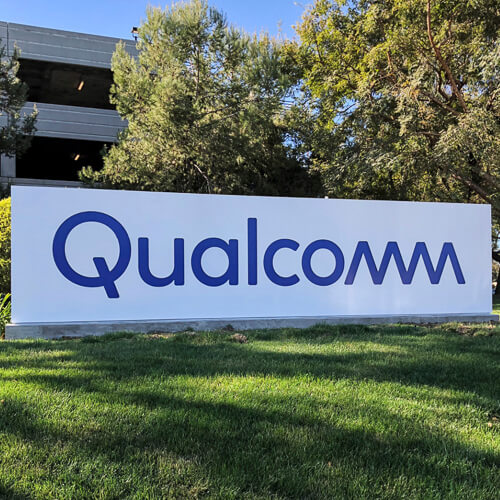
Qualcomm has claimed involvement in two 5G firsts: one in Japan and another in South Korea.
In collaboration with NTT Docomo in Japan, Qualcomm said it had enabled the world's first commercialization of 5G sub-6GHz carrier aggregation (sub6-CA).
Using Qualcomm's Snapdragon 865 mobile platform in combination with the Snapdragon X55 5G modem-RF system, "speeds of up to 4.2 Gbit/s" were apparently achieved.
Figure 1:  Qualcomm has claimed another two 5G firsts – one in Japan and one in South Korea.
Qualcomm has claimed another two 5G firsts – one in Japan and one in South Korea.
(Source: Qualcomm)
What the average download speed consumers might reasonably expect in urban areas was not made clear in the official announcement.
Fujitsu, NEC in the mix
5G sub6-CA involved pooling together a 100MHz carrier in band n78 (3.6-3.7GHz) with another 100MHz carrier in band n79 (4.5-4.6GHz).
By combining 5G sub6-CA with 5G deployment in the 28GHz mmWave band, which the operator launched commercially in September, Docomo said it could "unleash the full potential of 5G and enable accelerated deployment of 5G service areas."
Qualcomm's announcement seems to build on a recent "interoperability verification" of 5G Sub6-CA (again, combining n78 and n79 bands) in Docomo's open RAN fronthaul using "multiple vendors."
Japanese suppliers Fujitsu and NEC worked alongside Docomo in demonstrating vendor interoperability in a CA fronthaul environment, mixing and matching their 5G radio units and 5G baseband units using specifications developed by the O-RAN Alliance
Making 5G mmWaves in South Korea
Qualcomm, LG U+ and LG Electronics have announced what they claimed was a "milestone" in bringing 5G mmWave to South Korea.
Using a commercial 5G smartphone by LG Electronics – powered by the Snapdragon 865 mobile platform and the Snapdragon X55 5G modem-RF system – the trio of companies showcased 5G connectivity at the Kumoh National Institute of Technology (KIT) using the 28GHz frequency band.
Want to know more about 5G? Check out our dedicated 5G content channel here on Light Reading.
The 5G mmWave network, the first of its kind in South Korea, will apparently "enable new, innovative services for KIT employees, professors and students," and act as a showcase for "smart campus" deployments.
Commercialization of 5G mmWave in South Korea is expected to ramp up in 2021.
Related posts:
— Ken Wieland, contributing editor, special to Light Reading
Read more about:
AsiaAbout the Author(s)
You May Also Like












